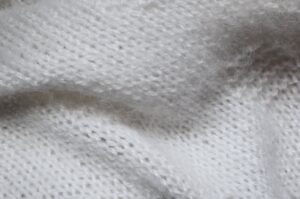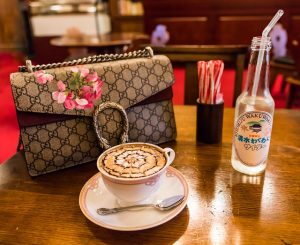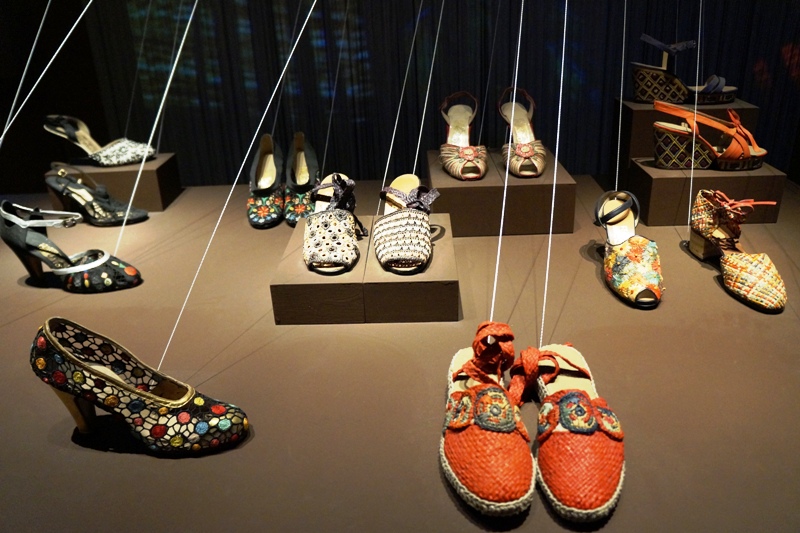
REPORT | One day in Florence: a visit to the Italian Fashion Heritage
On 23th of November the students of Fashion Culture and Management attending the course of History of culture and the collective imaginary (Prof. D. Calanca), went to Florence for an educational trip on Fashion Heritage.
The tour started at ‘Museo della Moda e del Costume’ well-known as ‘Galleria del Costume’, placed in Palazzina della meridiana, a part of Palazzo Pitti. The costume gallery was founded by Kristen Aschetengreen Piacenti in 1983 where in February 1951 took place the first Italian fashion show. Giovanni Battista Giorgini decided to display the first pret-a-porter collection to American buyers and it was considered as the starting point of ‘Made in Italy’ and the death of French haute couture monopoly. For the first time the whole world paid attention to Florence and the Italian fashion.
The gallery of costume is the only museum in Italy related to Fashion and run by the Ministry of Culture and heritage (MIBACT). Since last May, the name has been changed to ‘Museo della Moda e del Costume’ due to a deal between the main managers of ‘Galleria degli Uffizi’ and ‘Pitti Immagine Discovery’ to launch a three-year plan dedicated to contemporary fashion.
To say the Donne Protagoniste Exhibition held at Palazzo Pitti was exquisite is an understatement. Entering the magnificent building we were welcomed by the splendor of 19th century glamour that oozed from the skillfully designed gowns that had the power to make us feel as if we had travelled back in time to the stylish Victorian era.
Celebrating the trendsetting women who set the bar high for style and glamour in the world of fashion, the Donne Protagoniste Exhibition honored such names as Eleonora Duse who is a legend in the history of theatre and was famous for the sophisticated understatement of her style of dressing. Looking at the displays of the gowns custom made for her by her designer friend Mariano Fortuny, it is easy to see how she earned her style icon reputation. Anna Rontani’s envy worthy wardrobe filled with dresses made by famous couture houses was also displayed in its full glory leaving you to wonder where today’s renowned fashionistas would be if she was still alive.
Next stop of the itinerary was a visit to Museo Salvatore Ferragamo housed in the Palazzo Spini Feroni in Florence, which was purchased by Ferragamo in the 1930’s. The museum is located in the heart of the city, in the historical center amidst via de’ Tornabuoni where you can find other luxury shops. The Palazzo is also home to the headquarters, archives, museum offices, and the historical flagship store. Founded in 1995 the museum grew from two small rooms within the Palazzo and later expanding to the entire basement. The space now contains a permanent exhibition of his shoes and an exhibition that changes periodically.
The museum tour began with an introduction to Salvatore Ferragamo heritage. Ninety pairs of shoes were chosen from the archives of his creations and were exhibited by different themes and inspirations: Ancient Greece, Eastern countries, Dadaism, etc. The room featured masterpieces of the designer like the rhinoceros shoes or foot molds from celebrities such as Marilyn Monroe or the Royal Baby.
Following the shoe display is the current exhibition Across Art and Fashion, which aims to analyze the relationship between these two worlds. This ambiguous dialogue was shown in different ways. By placing artworks beside fashion creations, the exhibit showed us how designers can be inspired by paintings, photography, etc. An entire room was dedicated to a sensory experience with videos and sounds enabling the viewer to enter into the designer’s mind.
All in all, the tour of Florence was filled with great insight on the city, history, and of course fashion. Museo Salvatore Ferragamo and Museo della Moda e del Costume are a must see if you are visiting Florence and are interested in Fashion Heritage.
Involved students : Citra, Eko, Elisabetta, Faith, Francesca, Krit, Lucille, Marion, Michaela, Mirella, Pauline, Roberta, Saša, Shuai, Sonia, Styliani .
Organized by : Prof. D. Calanca and Dott. G. Di Giangirolamo.
Special thanks to: Camilla, Laimin and Veronika.
Ph. credit: Saša Gerčar e Roberta Villani

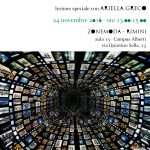 Previous Post
Previous Post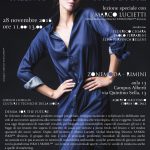 Next Post
Next Post
